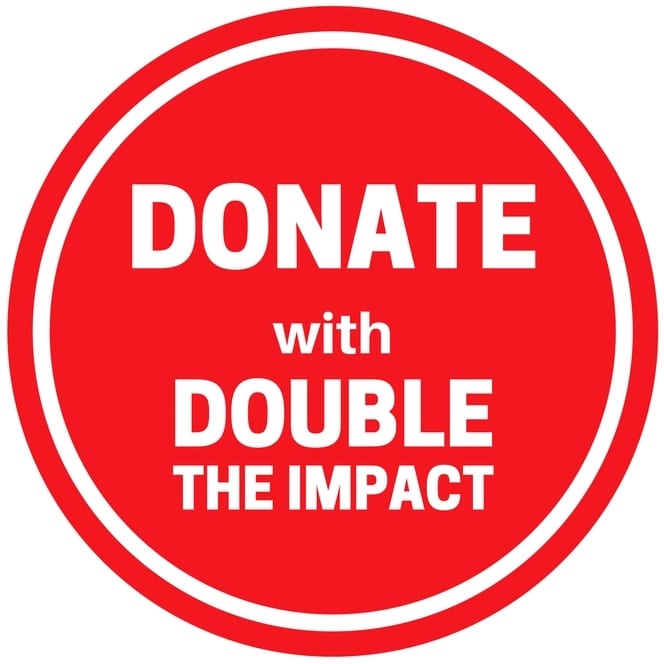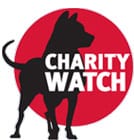
The magnitude of the tobacco problem is extremely obvious, and the solutions to address this problem should be simple.
The health harm is clear: tobacco is responsible for more than 8 million deaths per year. The environmental impact is also significant as every year the tobacco industry costs the world more than 600 million trees, 200,000 hectares of land and 22 billion tons of water, all while producing 84 million tons of CO2 and 4.5 trillion cigarette butts that pollute our environment, oceans, rivers, city sidewalks, parks, soil, and beaches.
The solution is also clear, and to some extent rather straightforward.
It is time to begin regulating tobacco products as if they entered the market today.
What is a reasonable approach to regulate an addictive and lethal product that has flooded the market and is available everywhere? The response is clearcut: take steps to phase out the sale of this dangerous product.
When it comes to tobacco, this was best stated by the Danish Institute for Human Rights after they ended an agreement with Philip Morris International and concluded that “Tobacco is deeply harmful to human health, and there can be no doubt that the production and marketing of tobacco is irreconcilable with the human right to health. For the tobacco industry, the UNGPs [Guiding Principles] therefore require the cessation of the production and marketing of tobacco.”
The support for this concept is growing.

Numerous local governments, national ministries, and intergovernmental agencies agree that tobacco, as the leading cause of preventable death, requires strong action. Most global health agencies and UN Bodies agree that policies to reduce tobacco sales, use, and exposure are the most effective way to reduce cancer and cardiovascular disease.
Evidence-informed policies like increasing tobacco taxes and smoke-free policies are cost-effective measures at the top of the WHO list of best buys to tackle non-communicable diseases like cancer, cardiovascular diseases and respiratory diseases. Accelerating the implementation of these measures is critical, but it is also important to go beyond and follow the leaders in public health who have taken bold steps to phase out the commercial sale of tobacco products as recommended by the Danish Institute for Human Rights.
Some jurisdictions in the U.S. and other countries have implemented bold measures to reduce tobacco sales and in turn smoking prevalence. Beverly Hills phased out the sale of tobacco products a few years ago, followed by Manhattan Beach in California. Then, the town of Brookline, Massachusetts implemented a ban on the sale of tobacco products to anyone born on or after January 1, 2000. Brookline has since been joined by eleven neighboring towns. This gradual phase-out of tobacco sales based on birthdate is often called Tobacco-Free Generation (TFG). The law forbids only commercial tobacco sales, not the purchase, possession, or use of tobacco, meaning the act of smoking is not criminalized.
The concept has spread further and Massachusetts is considering a Nicotine Free Generation Bill. The U.K. Parliament has proposed the Tobacco and Vapes Bill that would “make it an offence to sell tobacco products, herbal smoking products and cigarette papers to anyone born on or after 1 January 2009.” And, robust tobacco endgame discussions are taking place within the European Union and as part of the preparations for the upcoming round of negotiations of the tobacco treaty, the Conference of the Parties (COP11) of the WHO FCTC in November 2025.
The implementation of tobacco control measures has had a positive impact, and we have seen smoking decline in the United States, with a current smoking prevalence rate of about 11.6%.
These are definite signs of progress, but we need to accelerate the process to achieve our health targets.
Too many young people become addicted to nicotine every day while many other people who use tobacco are unable to quit.
As the authors of the article Modelling the impacts of tobacco denicotinisation on achieving the Smokefree 2025 goal in Aotearoa New Zealand concluded, business as usual will not be enough to achieve tobacco control, health and environmental objectives, and the implementation of endgame supply side interventions are a critical ingredient to achieve tobacco use reduction targets as rapidly as possible.
Addressing tobacco, a product that causes so much harm to human health and the environment should be simple. All that is needed is to implement evidence-based public health measures like increasing tobacco taxes, protecting everyone from tobacco smoke and banning all tobacco advertising and sponsorship while also following the lead of endgame public health champions. Champions in Beverly Hills, Manhattan Beach, Massachusetts, the U.K. and many other places around the world inspire us by taking steps to treat tobacco products as if they were entering the market today and beginning to phase out the sale of commercial tobacco products.
ASH will continue to help accelerate the implementation of such measures through advocacy and education at the local level, the state level, in countries around the world, and in international UN negotiations that address human rights, health and the environment.
We face a powerful and litigious adversary – tobacco companies – who have demonstrated that they will do everything to keep their products on the market.









